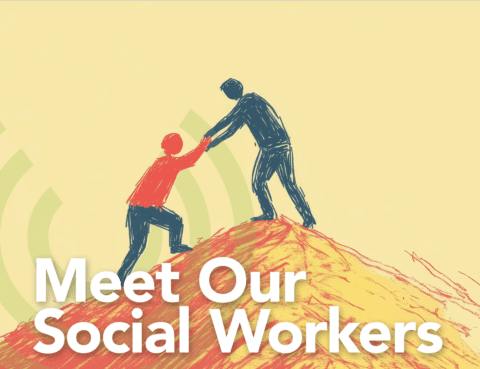
Smoking (including secondhand smoke and smokeless tobacco, sometimes called “chewing tobacco” or “snuff”) is the largest risk factor for getting head and neck cancer. And people who use both tobacco and alcohol are many times more likely to get head and neck cancer than people with neither habit.

Smoking (including secondhand smoke and smokeless tobacco, sometimes called “chewing tobacco” or “snuff”) is the largest
risk factor for getting head and neck cancer. And people who use both tobacco and alcohol are many times more likely to get head and neck cancer
than people with neither habit.

Wendy Hall and Amy Roberts have served our community as onsite Licensed Clinical Social Workers ever since joining RBOI in 2011. “It’s our goal to meet every new patient as soon as possible,” Wendy says. “I feel it’s imperative that people help walk people through very stressful (and they can be catastrophic) times in their life.

Wendy Hall and Amy Roberts have served our community as onsite Licensed Clinical Social Workers ever since joining RBOI in 2011.
View More
Through early detection, screening can make cancers easier to treat and help reduce cancer deaths. Cancer screening is done when you have no symptoms. Symptoms mean that cancer may have grown, spread, and be harder to treat.
